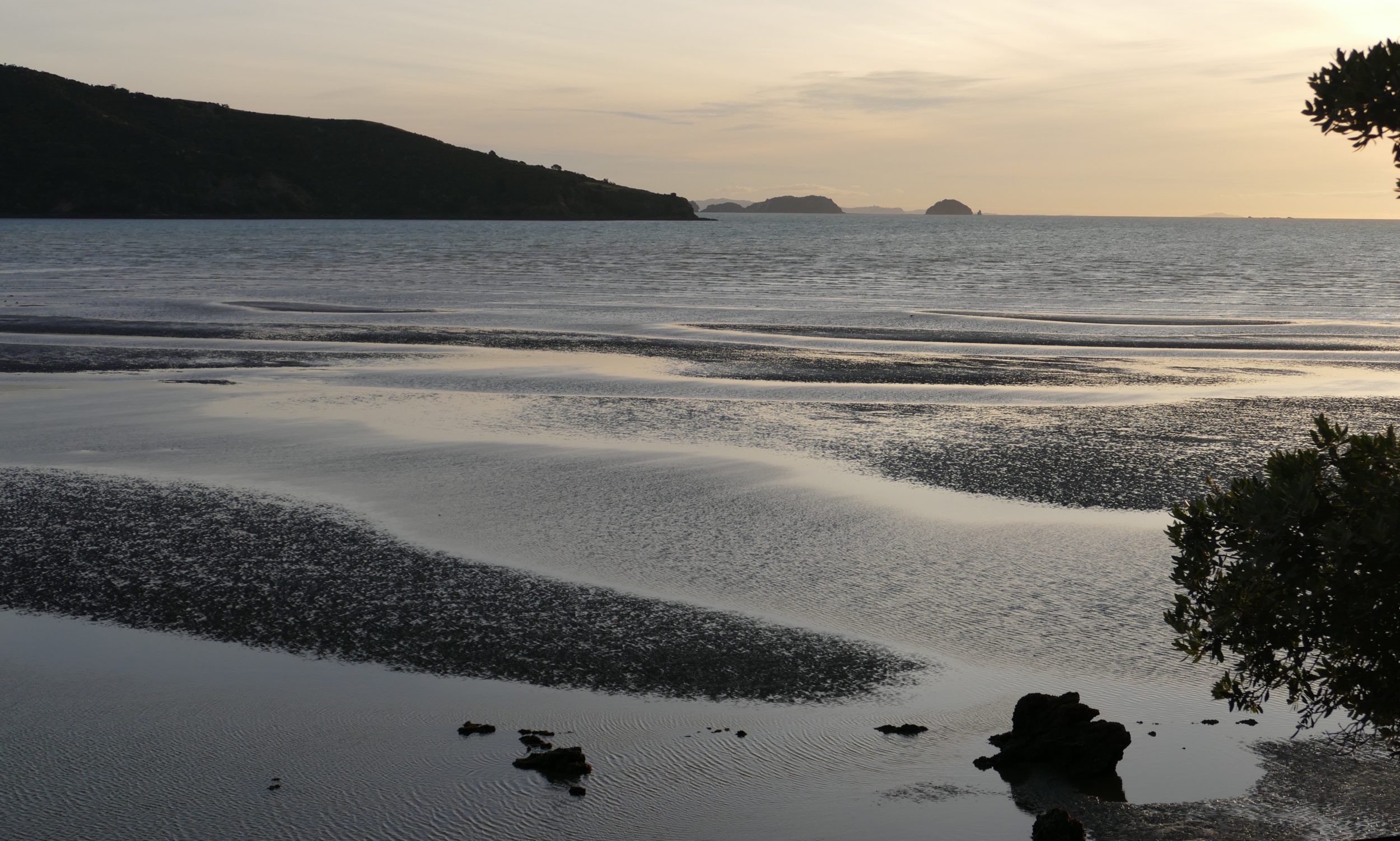The location pictured in this post’s featured image is not very many kilometres away from the one in #5 in this series.
It is not at all close to the North Queensland coast, where Cairns sits at 16.51 Degrees South – unsurprisingly, a location where mangroves thrive.
if you were able to take a direct, “straight line” flight from Cairns to Albany (you cannot, unless you own a private, long-range jet plane) you would fly 3, 400 kilometres to reach the “big smoke” of Western Australia’s south coast.
The nearest mangroves to Albany are 276 kilometres northwest, via a direct flight to Bunbury, where WA’s southernmost mangroves are an isolated population, growing in the Leschenault Inlet.
Most of WA’s mangroves are hundreds or thousands of kilometres north of Perth.
The mangroves in #5 & #6 of this series are growing in a place that is more than two hundred kilometres closer to the South Pole than is the West Australian Albany or the South Australian Adelaide.
This place is more than 3,600 kilometres distant from Cairns, 20 degrees further south thereof, and circa 3,500 ks closer to Auckland!
Globally, mangroves are in decline.
(although the rate of mangrove loss has declined in recent years, and there are at least some grounds for cautious optimism that the global “negative” trend may soon switch to a “positive” direction)
In New Zealand, however, mangroves are “on the march”, most especially on the Coromandel Peninsula.
Many New Zealanders are horrified rather than delighted by this; it was probably a mangrove-phobic (human) Kiwi who coined the word “mudification” – a “problem” for which mangroves are blamed.
Probably not far away is the day when Australia will no longer be home to the world’s southernmost mangroves, in Wilson’s Promontory National Park.
“The Prom” is the Australian continent’s southernmost place.
New Zealand’s North Island extends several degrees further south, and the southernmost Latitude of its mangrove’ “front” is already only a whisker north of Wilson’s Promontory’s.
Removing mangroves usually proves a very bad idea, and in 2022 the world needs more mangroves.
That said, the forward-march of mangroves in New Zealand is not a “good news” story, nor a simple one.
#7 in this series will offer some explanation.
This post’s featured image was taken at 7.49 pm on 6 March 2017.
I was standing by the mouth of a “mudifying” bay on the western side of the Coromandel Peninsula, where mangroves were “arriving”.
The next post’s photo was taken just two minutes later, but looks back into the bay, rather than out to the Firth of Thames.
Footnote:
For the last several decades Indonesia’s “mangrove story” has been a profoundly disheartening tale of greed, ignorance/indifference and environmental degradation.
However, right now, Indonesia’s is likely the world’s most positive mangrove story.
As the headline says:
After decades of loss, the world’s largest mangrove forests are set for a comeback.
Read the story, here.
